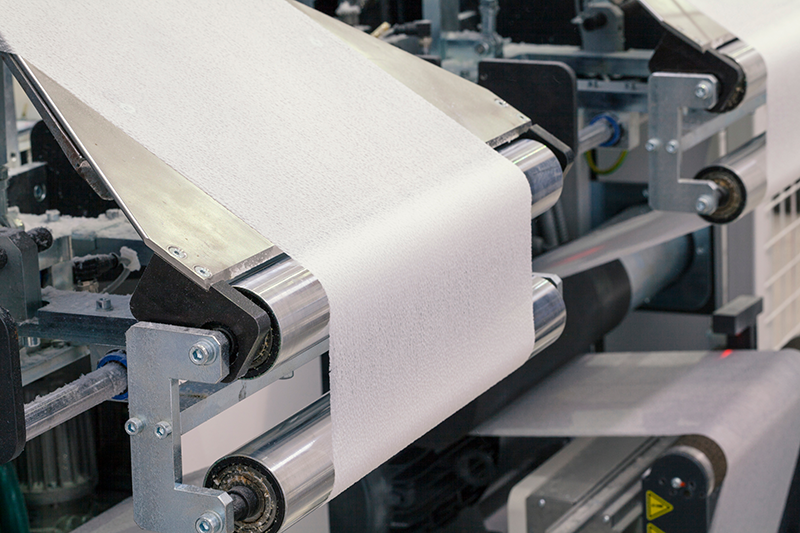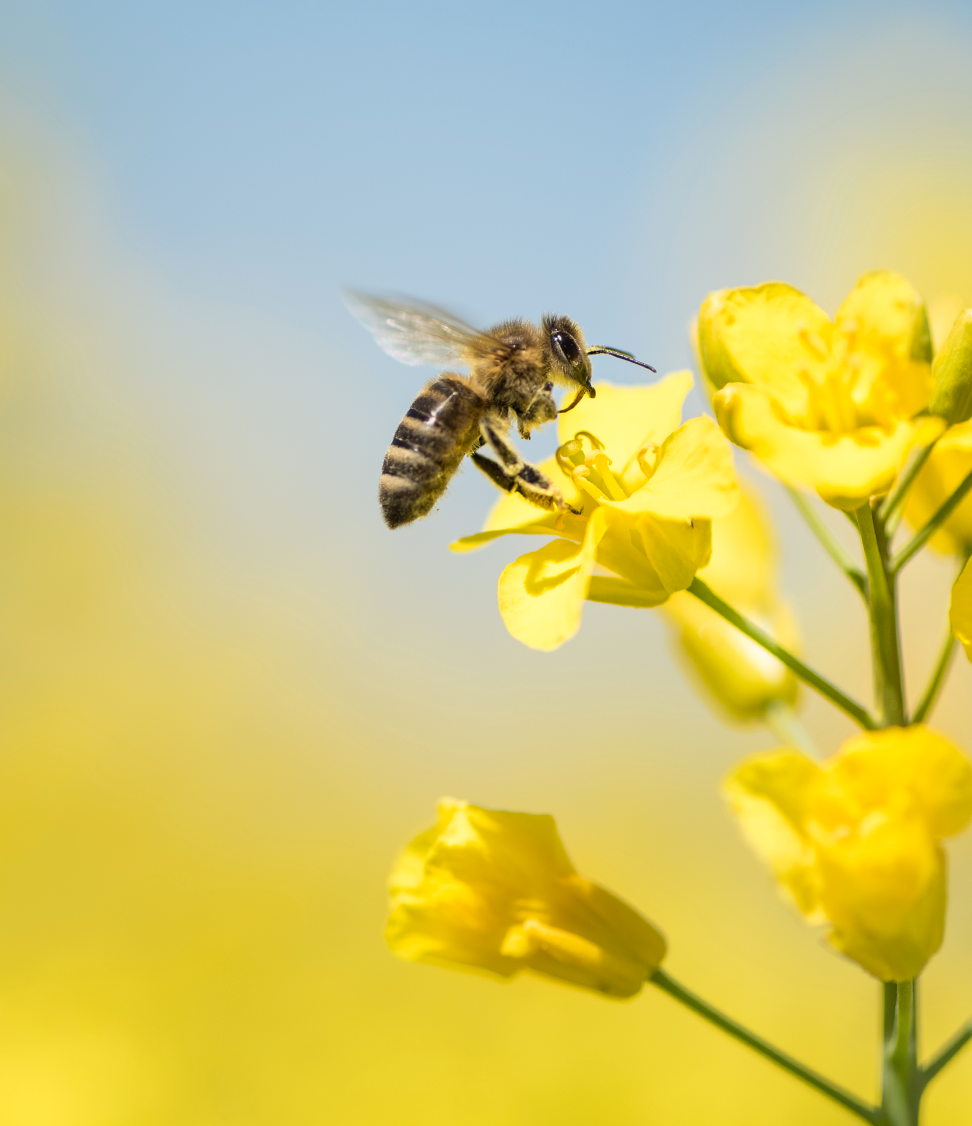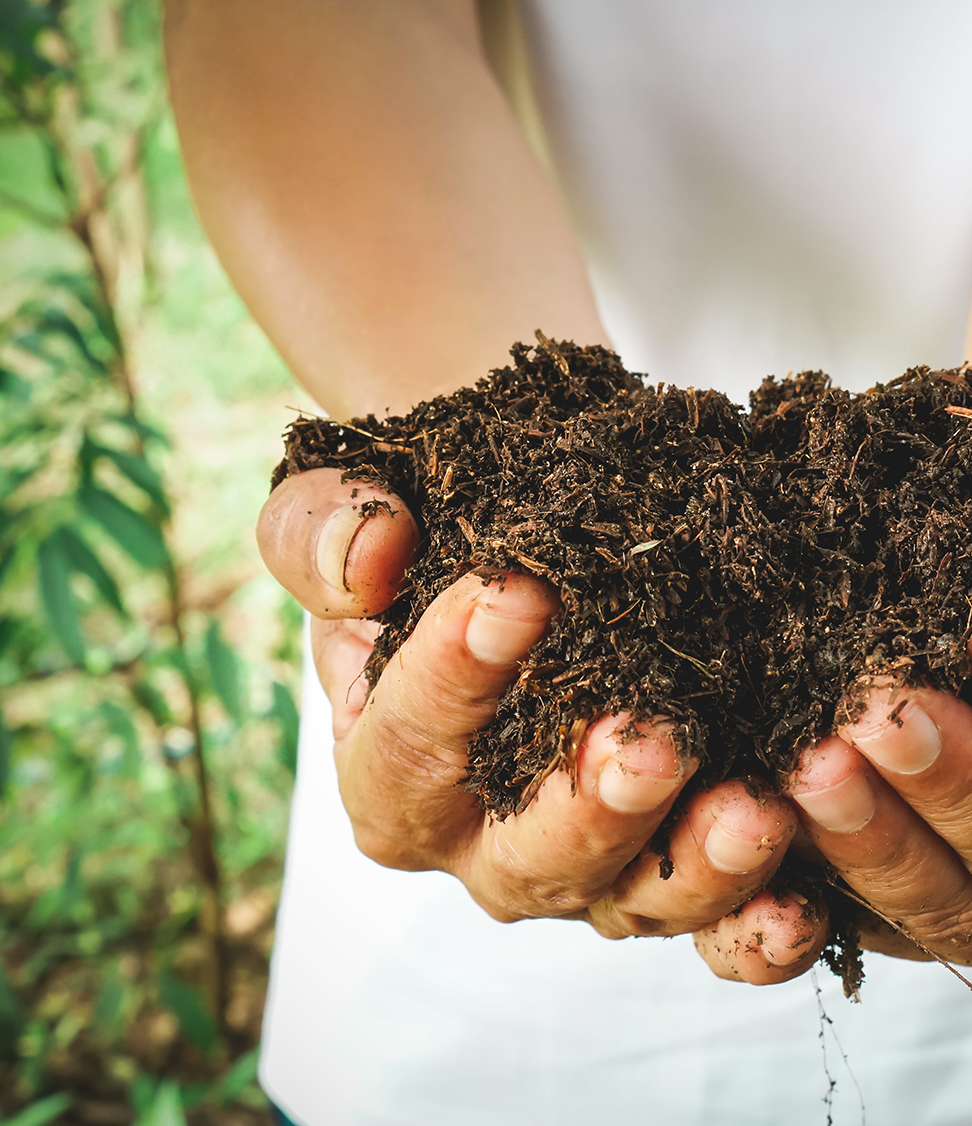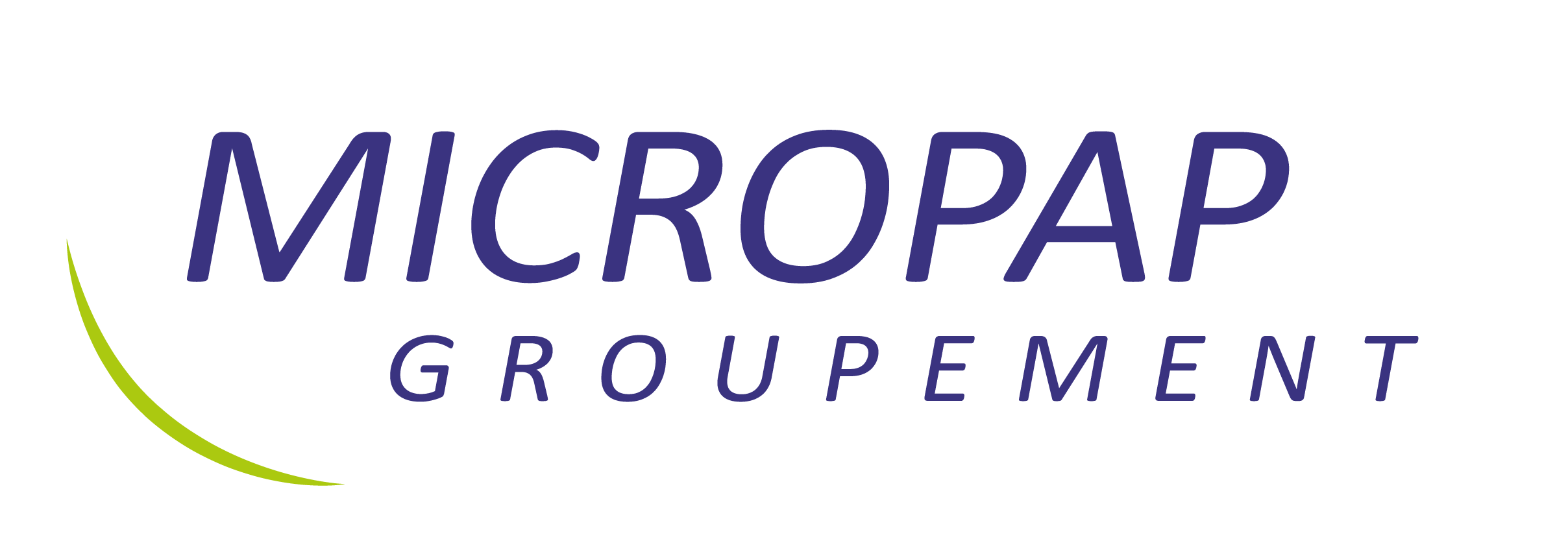Coated paper
that protects your food

Our Micropap® and Végépap® coated paper ranges are complex and high-tech products, resulting from many years of research and development within Groupement MICROPAP.

What is the purpose of coating ?
Our coating technique enables mineral or vegetable wax to be deposited evenly and in a controlled manner on to the paper’s surface. The paper can be coated on one or both sides and the coating can be opaque or not. The coating gives the paper mechanical properties and acts as a barrier against water vapour.
The properties of this barrier are determined by the type of wax and paper and the coating process, and are selected by the converter depending on the intended use: moisture barrier, controlled permeability for maturing live food products such as cheese, etc.

Designed to perfectly meet the needs of each product, our coated paper ranges help to:
- preserve and optimise the product’s organoleptic properties;
- showcase the product;
- mature the product;
- ripen the product in the final stage;
- control shrinkage;
- ensure the product's safe consumption up to the Best Before Date (BBD);
- protect the product during transport and distribution.
A solution to the challenges of today
Coated paper with a proven track record in food safety
Mineral and vegetable waxes have undeniable advantages for food safety which have been recognised and valued for decades. Their high stability at room temperature and their inertness has proven their safe use in contact with food.
- Règlement (CE) n°1935/2004 of the european Council of 27 October 2004 concerning materials and articles intended to come into contact with foodstuffs and repealing Directives 80/590/EEC and 89/109/EEC;
- Règlement (CE) n°2023/2006 of the EU Commission of December 22, 2006 relating to good manufacturing practices for materials and objects intended to come into contact with foodstuffs;
- Fiche MCDA n°4 (01/01/2019) DGCCRF Suitability for food contact of organic materials based on plant fibres intended to come into contact with foodstuffs.

Coated papers designed as part of a sustainable development approach
- Our Micropap® and Vegepap®® paper ranges have minimal environmental impact: they are made of virgin cellulose fibres from wood certified by the PEFC (Programme for the Endorsement of Forest Certification, which promotes sustainable forest management) and the FSC (Forest Stewardship Council).
- The Micropap® papers® and Végépap®®, which can be either recycled or composted, contribute to the processing of household paper and cardboard packaging.
Trends
Groupement MICROPAP manufacturers are currently exploring a number of avenues to improve the Micropap® et Végépap® ranges, respond to current trends and anticipate future needs. The main current trends are as follows:
- Return to using paper;
- Single-material;
- Ecodesign involved at every stage (renewable components, etc.);
- Reduction in packaging weight.
Components
The wax
The generic term “wax” refers to the material deposited on the paper’s surface. It is authorised for use in contact with food.
Wax can be of mineral or vegetable origin:
The base material
Since its foundation, Groupement MICROPAP has made the choice to focus on paper: a natural, recyclable material, processed in France by companies with proven expertise.
The Micropap® and Vegepap®® coated paper ranges are made of virgin cellulose fibres from PEFC-/FSC-certified wood, guaranteeing sustainable resource management.


Brands
The benefits of Micropap® , the secret to its success® and Végépap®®
- Suitable for contact with food (inertness).
- Barrier protection: inspired by biological membranes, the controlled permeability to water vapour regulates the exchange of gases while protecting the product. This essential quality helps to ripen cheese and mature meat.
- Water-repellent effect.
- Waterproof.
- Anti-stick: does not stick to food.
- Compostability: tests carried out in 2023 by the APESA analysis french laboratory demonstrated the industrial compostability of MICROPAP and VEGEPAP according to standard EN 13432.

MICROPAP®
The group's flagship product, Micropap® is a type of paper coated with mineral wax. It is a high-tech product offering high added value.
Composition :
- Support (virgin cellulose fibers) : 32 or 40 g/m2.
- Coating: on one or both sides, opaque or not.
Product complies with European regulations:
- Règlement (CE) n°1935/2004 of the european Council of 27 October 2004 concerning materials and articles intended to come into contact with foodstuffs and repealing Directives 80/590/EEC and 89/109/EEC;
- Règlement (CE) n°2023/2006 of the EU Commission of December 22, 2006 relating to good manufacturing practices for materials and objects intended to come into contact with foodstuffs;
- Fiche MCDA n°4 (01/01/2019) DGCCRF Suitability for food contact of organic materials based on plant fibres intended to come into contact with foodstuffs.
Micropap®, a sustainable and recyclable waxed paper.
Groupement Micropap believes that coated paper has an important role to play in eco-friendly packaging, meeting the CSR needs of companies. It offers a genuine alternative for use in certain sectors of the food industry, such as confectionery, chocolate bars, baked goods, and sandwiches, etc.
VÉGÉPAP®
With its vegetable wax coating, Vegepap® ® paper marked a turning point for coated paper used in food. Its components meet the growing demand for alternative bio-based products
Composition :
- Base material (virgin cellulose fibres): 32 or 40 g/m2.2.
- Double-sided coating of 9 grams with more than 90% of components of plant origin and from renewable sources.
Product complies with European regulations:
- Règlement (CE) n°1935/2004 of the european Council of 27 October 2004 concerning materials and articles intended to come into contact with foodstuffs and repealing Directives 80/590/EEC and 89/109/EEC;
- Règlement (CE) n°2023/2006 of the EU Commission of December 22, 2006 relating to good manufacturing practices for materials and objects intended to come into contact with foodstuffs;
- Fiche MCDA n°4 (01/01/2019) DGCCRF Suitability for food contact of organic materials based on plant fibres intended to come into contact with foodstuffs.
Vegepap®®, innovative, high-tech coated papier
Végépap® paper was awarded the 2012 Packaging Oscar in the Flexible Packaging category, confirming its groundbreaking status. The jury praised its innovative development as part of a collective approach and the high-tech nature of the product.
Végépap® fulfils an important expectation of the food industry, as well as of consumers.

Recovery through composting according to standard EN 13432
Standard EN 13432 meets the objectives of Directive 94/62/EC on packaging and packaging waste, which aims to promote the prevention and recovery of packaging waste. It specifically refers to the recovery of packaging through industrial composting and defines the applicable test programme and evaluation criteria for acceptance of packaging as compostable.
The requirements of the standart EN 13432
According to standard EN 13432, packaging is deemed compostable if all of its components are compostable, based on four criteria:
- composition: the standard defines the maximum values for volatile solids, heavy metals (Cu, Zn, Ni, Cd, Pb, Hg, Cr, Mo, Se, As) and fluorine which are acceptable in packaging materials;
- biodegradability: the acceptable biodegradability threshold is at least 90% and within a maximum time period of 6 months;
- disintegration: or the product’s capacity to break down through composting: after 12 weeks, at least 90% (by mass) of the packaging must pass through a 2 mm sieve;
- quality of the final compost and ecotoxicity: the quality of the final compost should not decline as a result of the packaging material added to the compost and must not be harmful to the environment. The standard requires that ecotoxicity tests are carried out based on germination tests and that product performance is higher than 90% of the performance of the corresponding control compost.
The tests carried out in 2023 by the APESA analysis french laboratory demonstrated the industrial compostability of MICROPAP and VEGEPAP according to standard EN 13432.
The APESA french laboratory is a technological center for the environment and risk management, whose objective is to support companies and regions in their environmental and societal transition. As such, the structure constitutes a resource center with multiple skills organized around four service offerings: HSE regulation and prevention, societal value creation, eco-innovation and environmental assessment.
The APESA recovery division has been specializing in biological recovery and treatment processes for over 20 years: methanization, composting, effluent treatment and the biodegradability of plastics and packaging.









